[Guide Review] SEIGE Armor Battle Group Doctrine by Ericonx
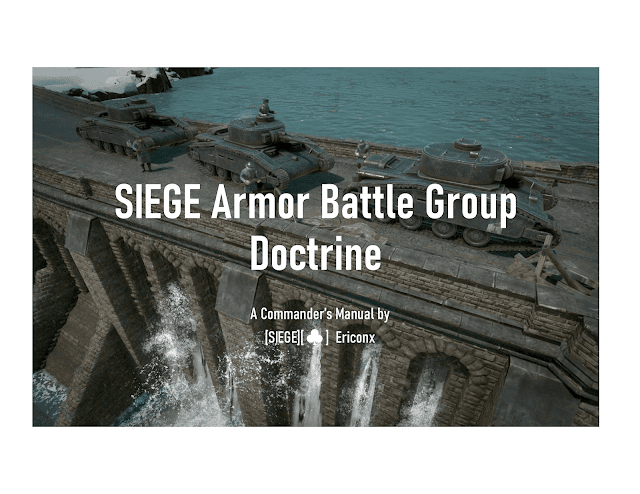 SEIGE Armor Battle Group Doctrine: a Commander's Manual by Ericonx
is a very well written and elaborately designed handbook for anyone
who would like to organize an effective armored operation. Big thanks
to Ericonx for creating this guide and also actively sharing it with
others to learn from it, as well as giving permission to review it in
this blog.
SEIGE Armor Battle Group Doctrine: a Commander's Manual by Ericonx
is a very well written and elaborately designed handbook for anyone
who would like to organize an effective armored operation. Big thanks
to Ericonx for creating this guide and also actively sharing it with
others to learn from it, as well as giving permission to review it in
this blog.
Click to Obtain PDF Version of the Manual
This manual explains some not-so-obvious strategies for getting a successful assault off the ground, using color coded symbols and depictive imagery. It spoon feeds you an advanced organizational strategy that normally takes countless hours of experience in leading operations to adopt organically. A close read of the manual is highly recommended for all types of aspiring commanders, as the tactics employed in setting up and conducting an operation as outlined in the manual is applicable across many fields, even though this particular manual is focused on tanks and artillery.
The standard battle group convoy according to the doctrine consists of a tank group and an artillery battery with its own ammo transportation, as well as a fuel truck and standard logi truck attached to the overall group. The use of personnel here is highly efficient. The personnel marked yellow will drive noncombat support vehicles (trucks, flatbeds, etc) during the movement phase of the operation, and after all assets are brought to a suitable forward base of operations, they will fall in with the tank group to fully crew the vehicles. This is because we don't expect the tanks to engage in combat until we reach the destionation, so so we can afford to to spread out your crew to bring extra vehicles that will sustain the assault with additional supplies and equipment.
The 150mm artillery is a monster at smashing heavy enemy fortifications. Depending on the situation, the tanks are probably interchangeable with Devetts and Silverhands, while artillery can be either 120mm or 150mm, whichever is available. The point is, a tank+artillery combo will just about push any kind of frontline, since tanks usually lose momentum in face of enemy AT structures, Field AT guns, and massed infantry, which is hard countered by any type of artillery. Even a single 120mm gun firing in coordination with a tank group will wreak mayhem on enemy armor groups, especially if there are open top LTDs amongst them. Artillery will disable tracks and turrets of enemy tanks and also give our friendly infantry an advantage that can help them push the front.

Careful preparation is crucial for an orderly operation. The larger a battlegroup, the more complex it becomes, but planing ahead and visualizing the process will greatly reduce the confusion.

How thoughtful of the author to even give an example how to rally the troops! Ping the relevant roles in your clan or faction discord and give clear, concise, yet informative operation alerts. It's prudent to withold target destination until the operation starts for security reasons, but you should let everyone know of the time, date, and staging point of operation. Discord VC is required according to this manual, and normally this is highly encouraged but some commanders don't mind using in-game squad comms if this proves to be too cumbersome. What's important is that everyone can communicate as a group.
The transportation phase has as many crew members in driver seats of as many vehicles as possible, with the intention of parking them at the forward base and converging the crew to fill the tanks at full capacity later. One additional tip not in this manual is to use squad markers ("x") to denote where you want the convoy to move to. Even if you've already explained it and all a driver needs to do is follow the vehicle in front of it, in practice, mistakes always happen, people get lost, and using visual cues will cut down confusion big time.
Now, once you arrive at the frontline, many things can happen differently from what you initially planned. The series of images in the manual show one such scenario in detail (the frontal assault), and does a very good job at it. But keep in mind that a good commander must be flexible and adapt to the situation. First, assesss the battlefield using binos and possibly ask the locals about what's going on. Then decide how to move forward.

If the enemy has built up close to our bb and has lot of infantry, it's a good idea to start with the artillery bombardment to scatter their troops and give our infantry the momentum. If there is wide open space between the frontlines and lot of friendly infantry support, it may be better to start with an armored assault to clear out anti-infantry structures and PVE. If there is a line of enemy tanks standing off against our position, then our tanks can be sent to flank the enemies from one side. However, there is nothing wrong with a good old frontal assault if you have the overwhelming firepower, which in this particular setup, you most likely do. A 150mm gun will devastate buildings and armor alike, so even with enemy armor present, you will have no trouble with a combined arms assault
At phase 7, reset or rebuild the destroyed enemy bb/town hall with a CV to make the gains permament. Once this is done, some of armor crews may double as engineers to help build up the gains during the night while the tanks are parked at a secure location. While this part is not in the manual, both myself and the author recognize this is an effective strategy and employ it actively. The key to succeeding with a battlegroup is realizing that the people can fit any role depending on the situation, and the vehicles and equipment are just a means to an end. When it's deemed more advantageous to dismount and fight as infantry for a short while, there is no shame in doing that. As long as the group is cohesive and works as an organized unit, the members can take on any function to get the job done.,
In conclusion, the SEIGE Armor Battle Group Doctrine is one of the more well written and beautifully designed guides out there for conducting armored operations. It's recommened to be used as a training manual for any commander seeking to adopt advanced methodology from one of the most well known armor regiments in the Warden faction. While not exhaustive on the topic of armored operations nor does it purport to be, you can follow this manual word for word, and get a very good result as long as you have a rudimentary experience at commanding operations large or small.
Mountedantman's Rating: 9/10










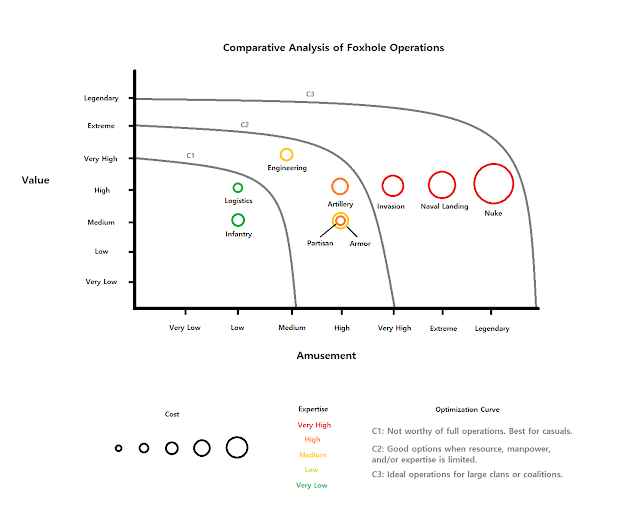
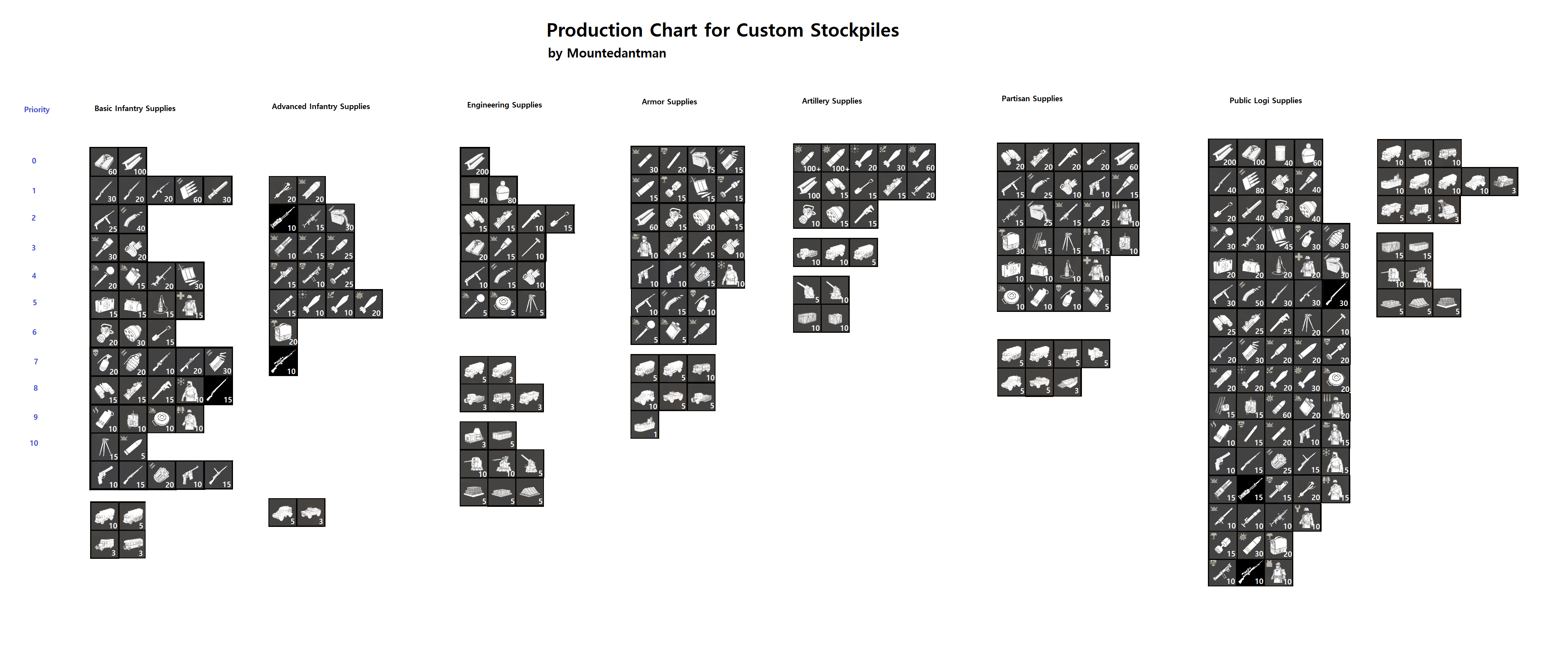


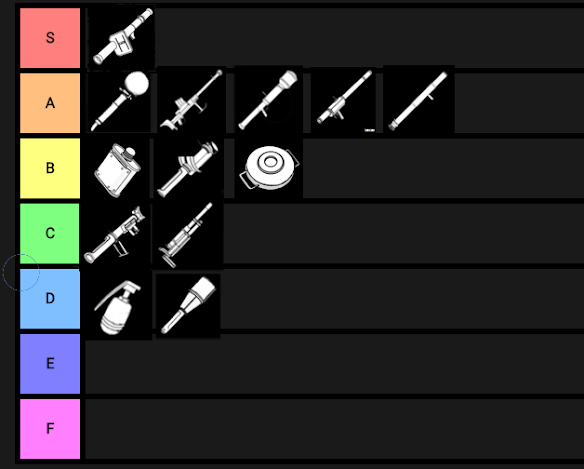
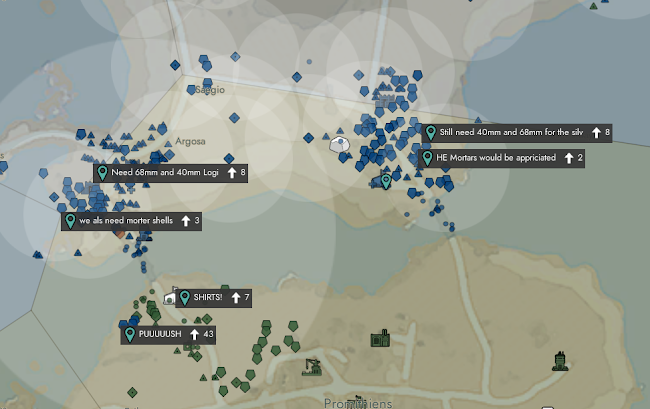
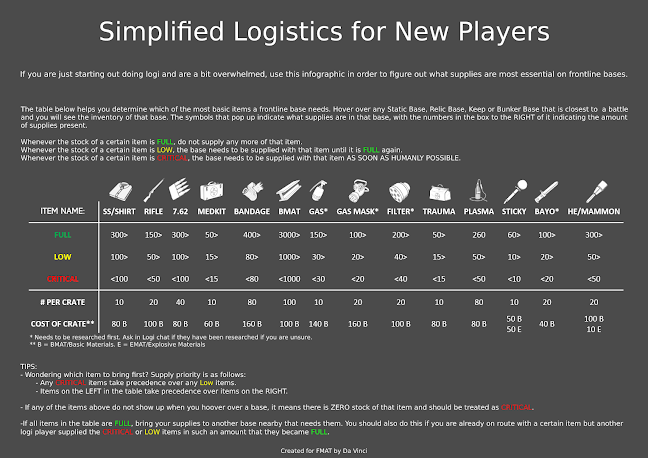

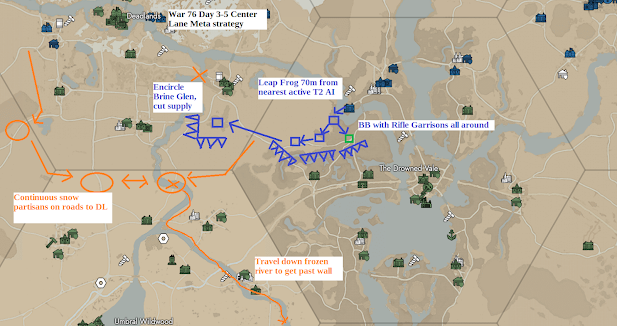
Comments
Post a Comment
Share your thoughts!